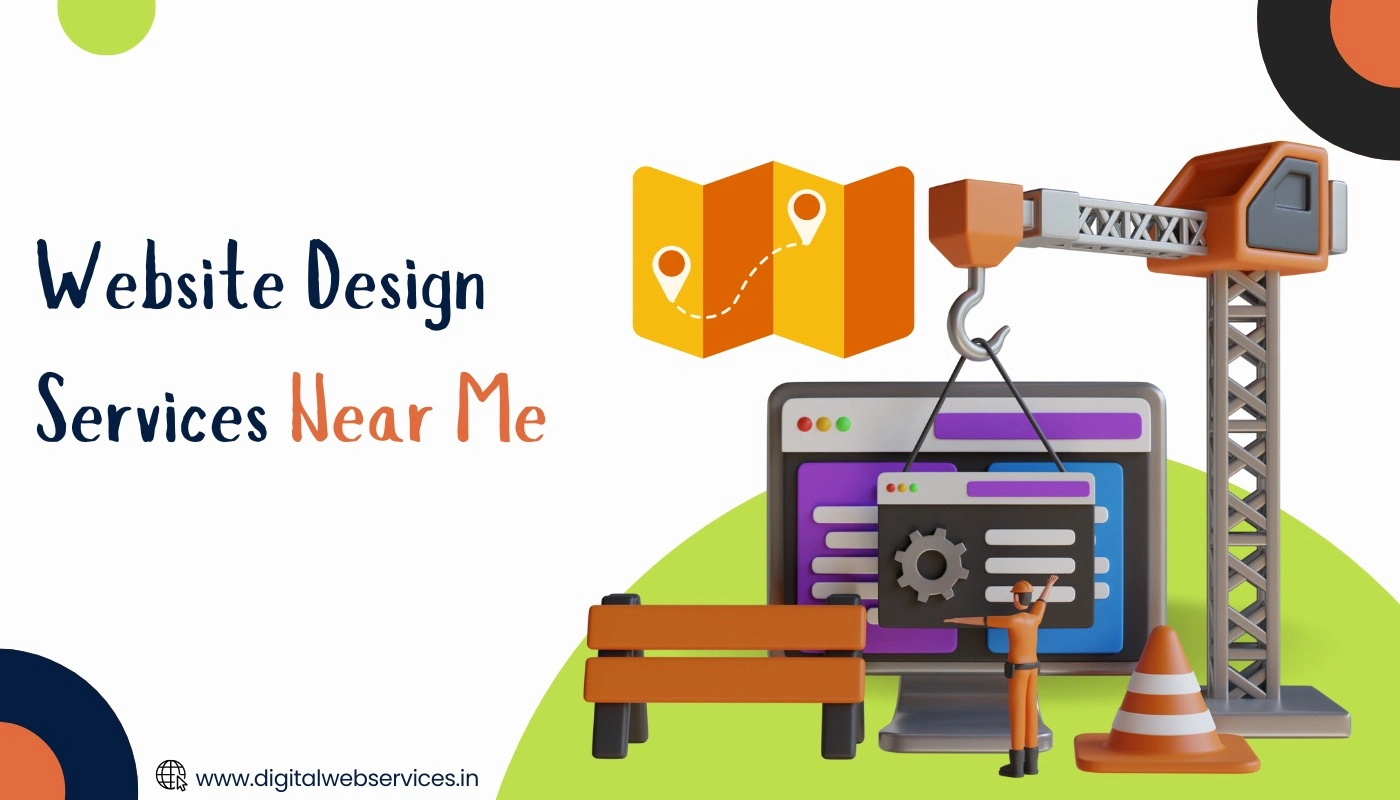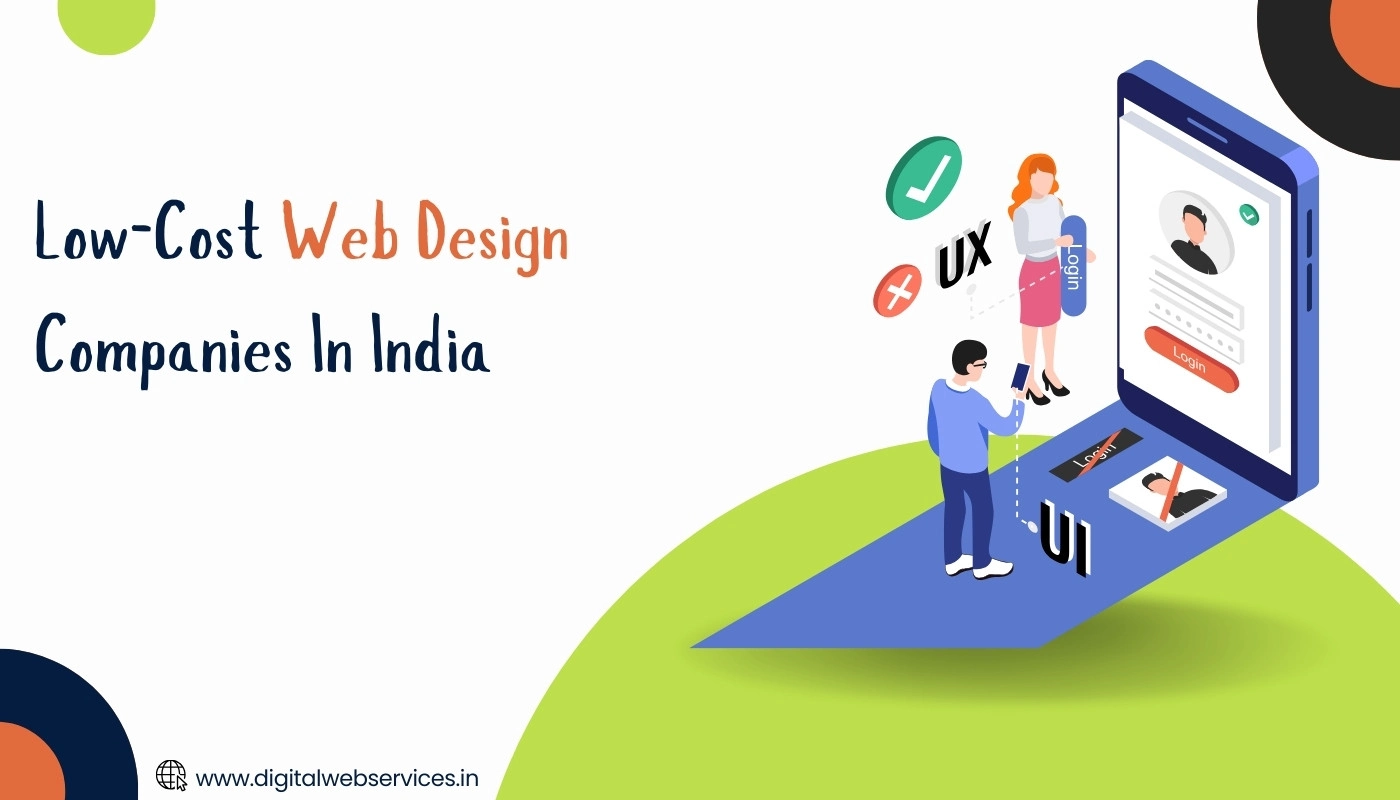Website design is a multifaceted discipline that combines creativity, technology, and strategic planning to create digital experiences that are both visually appealing and functionally effective. As the internet has evolved into an integral part of daily life, the role of website design has become more crucial than ever. A well-designed website not only captures the attention of visitors but also enhances user experience, fosters engagement, and drives conversions.
At its core, website design involves a harmonious blend of aesthetics and usability. It encompasses various elements such as layout, color schemes, typography, graphics, and multimedia components — all meticulously crafted to align with the brand’s identity and communicate its message effectively. However, it’s not just about making a site look good; it’s also about ensuring it works seamlessly across different devices and platforms.
Moreover, modern website design must address key considerations such as accessibility, search engine optimization (SEO), and load speed — factors that significantly influence a site’s performance and reach. As web technologies continue to advance at a rapid pace, designers must stay abreast of emerging trends and best practices to create sites that are not only current but also future-proof.
Types Of Website Designing Platforms
In this exploration of website design types, we will delve into various approaches that cater to different needs and objectives in the digital landscape.
1. Static Website Design
Static website design refers to the creation of web pages with fixed content, where each page is coded in HTML and displays the same information to every visitor. Unlike dynamic websites that pull data from databases and can change content based on user interactions or other variables, static websites are pre-built and remain unchanged until manually updated by a developer.
One of the primary advantages of static website design is its simplicity. These sites are straightforward to create and host, requiring minimal server resources. This often leads to faster loading times since there are no database queries or server-side processing involved. Additionally, static websites tend to be more secure because they lack complex back-end systems that could be exploited.
However, static websites come with limitations in terms of functionality and scalability. They are ideal for small projects or informational sites where content doesn’t need frequent updates — such as portfolios, blogs with infrequent posts, or company landing pages. Any changes or updates require a developer’s intervention, making them less suitable for businesses needing regular content adjustments.
In summary, static website design offers an efficient and secure way to present consistent information online but lacks the flexibility needed for interactive or frequently updated sites.
2. Dynamic Website Design
Dynamic website design represents a more advanced and interactive approach to web development compared to its static counterparts. Unlike static websites, which display the same content to every visitor, dynamic websites adapt based on user interactions, preferences, or other variables. This adaptability is achieved through server-side scripting languages such as PHP, ASP.NET, or JavaScript in conjunction with databases like MySQL or MongoDB.
One of the primary advantages of dynamic website design is its ability to offer personalized experiences. For example, e-commerce platforms often employ dynamic design to recommend products based on a user’s browsing history and previous purchases. Additionally, social media sites utilize this approach to show tailored content feeds that reflect individual user interests.
Dynamic websites are also easier to manage and update. Content Management Systems (CMS) like WordPress or Joomla allow site administrators to effortlessly add new content or modify existing pages without needing extensive coding knowledge. This flexibility makes them ideal for businesses that require frequent updates and real-time data integration.
Furthermore, dynamic websites can incorporate complex functionalities such as forums, user login systems, and interactive forms that enhance user engagement and satisfaction. While they may require more initial setup and maintenance effort than static sites, the long-term benefits of a dynamic website can significantly outweigh these challenges by providing richer user experiences and streamlined administrative processes.
3. Responsive Website Design
Responsive website design has become a cornerstone of modern web development, addressing the diverse array of devices and screen sizes used to access the internet. At its core, responsive design is about creating a single website that dynamically adjusts its layout and content based on the screen size and orientation of the device being used. This adaptability ensures an optimal viewing experience, whether the user is on a desktop computer, tablet, or smartphone.
The concept relies heavily on flexible grids and layouts, images that scale appropriately, and CSS media queries — a technique that allows designers to specify different styles for different devices. By employing these tools, responsive design eliminates the need for multiple versions of a site tailored to specific devices. This not only streamlines development but also provides consistency in branding and user experience across all platforms.
Moreover, responsive design plays an essential role in search engine optimization (SEO). Search engines like Google prioritize mobile-friendly websites in their rankings, making responsiveness crucial for visibility. As users increasingly access websites from mobile devices, ensuring that a site is responsive can significantly impact its reach and effectiveness.
In summary, a responsive website design company offers a cohesive solution to address varying device requirements while enhancing both usability and searchability in an increasingly mobile-first world.
4. Adaptive Website Design
Adaptive website design is a sophisticated approach that focuses on creating multiple versions of a web layout tailored to different screen sizes and resolutions. Unlike responsive design, which fluidly adjusts the same layout across devices, adaptive design involves predefined static layouts for specific devices such as mobile phones, tablets, and desktops. This method allows designers to optimize the user experience more precisely for each device category.
One of the primary advantages of adaptive design is its ability to deliver highly customized experiences. By tailoring separate layouts for distinct devices, designers can account for varying user behaviors and expectations. For instance, a mobile site might prioritize speed and ease of navigation with larger touch targets and simplified content, while the desktop version could offer more detailed information and intricate interactive features.
However, adaptive design also comes with its set of challenges. Creating multiple versions means increased development time and maintenance efforts. Additionally, it requires careful planning to ensure consistency in branding and functionality across all device-specific versions.
In essence, adaptive website design is particularly beneficial for projects where delivering an optimized user experience across various devices is crucial. It represents a strategic balance between offering tailored experiences while maintaining a cohesive overall brand presence.
5. Single Page Website Design
Single page website design, often referred to as a one-page or parallax scrolling site, is characterized by its simplicity and streamlined user experience. Unlike traditional multi-page websites, single page websites condense all the essential information into a single, continuous scrollable page. This approach can be highly effective for businesses or individuals looking to present a clear and concise message without overwhelming visitors with excessive navigation options.
The primary advantage of single page design lies in its ability to create a seamless and engaging narrative. By guiding users through a linear flow of content, designers can craft an immersive experience that keeps visitors engaged from start to finish. This format is particularly well-suited for storytelling, portfolios, event promotions, and product showcases where the goal is to captivate the audience quickly.
Moreover, single page websites are inherently mobile-friendly. With fewer pages to load and navigate, they tend to perform better on smaller screens and offer faster load times. However, this design style does have its limitations; it may not be ideal for content-heavy sites or those requiring extensive SEO strategies due to limited keyword optimization opportunities.
Overall, single page website design offers an elegant solution for delivering focused content in an aesthetically pleasing manner while enhancing user engagement and accessibility.
6. E-Commerce Website Design
E-commerce website design is a specialized field focused on creating websites that facilitate online buying and selling. These websites must be both visually appealing and highly functional to provide a seamless shopping experience for users. At the heart of e-commerce design is user-centered thinking; every element, from the layout to the color scheme, aims to guide customers effortlessly from product discovery to checkout.
One of the primary considerations in e-commerce design is navigation. Clear menus, search functionality, and well-organized categories help users find products easily. The aesthetic elements must also reflect the brand’s identity while being intuitive enough not to distract or confuse visitors.
Another critical component is product presentation. High-quality images, detailed descriptions, and customer reviews provide essential information that influences purchasing decisions. Interactive elements like zoom features or 360-degree views can enhance user engagement further.
Security features are indispensable in e-commerce design to build trust with customers. Visible security badges, SSL certificates, and straightforward privacy policies assure users that their personal information is protected.
Additionally, mobile responsiveness cannot be overlooked as a growing number of consumers shop via smartphones or tablets. An optimized mobile experience ensures that potential sales are not lost due to poor usability on smaller screens.
In sum, effective e-commerce website design harmonizes aesthetics with practicality to create an engaging and secure shopping environment that drives conversions.





